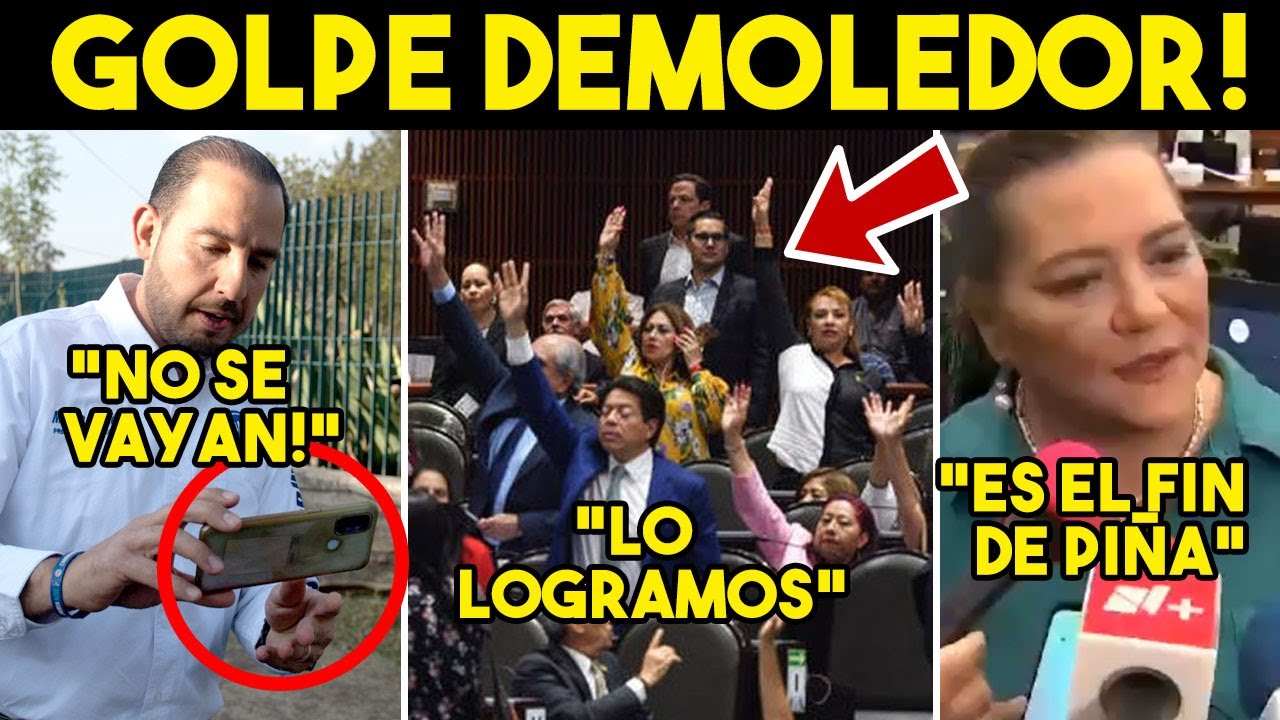Conoce los orígenes y la evolución del INE, cuya historia data de 1990
Summary
TLDRThe video outlines the history and evolution of Mexico's Federal Electoral Institute (IFE), later transformed into the National Electoral Institute (INE). Established in 1990, the IFE aimed to ensure transparency and legality in elections, contributing significantly to Mexico's democratic development. Key milestones include the introduction of voter ID cards, increased powers in the electoral process, and the creation of citizen-based councils. In 2014, reforms established the INE as a national authority, overseeing fair and inclusive elections. Notable achievements include gender parity in the legislature and the creation of protocols for addressing political violence against women.
Takeaways
- 😀 The Federal Electoral Institute (IFE) was formally established on October 11, 1990, as the entity responsible for ensuring certainty, transparency, and legality in electoral processes in Mexico.
- 😀 The creation of IFE marked a transformation in the Mexican political system and contributed to the construction of democracy in Mexico.
- 😀 In 1992, the IFE approved a new design for the voter ID card with a photograph, which became the most significant personal identification tool in Mexico.
- 😀 The 1993 reform to the Federal Code of Electoral Institutions and Procedures expanded IFE's powers, strengthening its role in Mexican elections.
- 😀 In 1994, citizens' councils were established, and international observers were introduced to enhance the electoral process.
- 😀 The 1996 constitutional reform granted IFE autonomy, established the Presidency of the General Council, and restructured its leadership.
- 😀 In 2005, guidelines were established for the voting process of Mexicans living abroad, expanding electoral participation.
- 😀 In 2007, the Federal Electoral Code granted IFE 53 additional powers, further enhancing its authority in organizing elections.
- 😀 The 2012 constitutional reforms introduced independent candidacies, broadening political participation in Mexico.
- 😀 The 2014 constitutional reform transformed IFE into the National Electoral Institute (INE), consolidating its role in standardizing and strengthening democratic processes.
- 😀 INE has become an international reference for organizing free, fair, transparent, and reliable elections, ensuring citizens' political rights are fully exercised.
Q & A
When was the Instituto Federal Electoral (IFE) formally established?
-The Instituto Federal Electoral (IFE) was formally established on October 11, 1990.
What is the main responsibility of the IFE?
-The main responsibility of the IFE is to ensure certainty, transparency, and legality in the electoral processes in Mexico.
What significant change occurred in 1992 concerning voting credentials?
-In 1992, the IFE's General Council approved the new design of the voting credential with a photograph, which became the primary personal identification document in Mexico.
What reform in 1993 empowered the IFE further?
-The 1993 reform to the Federal Code of Electoral Institutions and Procedures granted additional powers to the IFE.
How did the IFE evolve in 1994 regarding its structure and electoral practices?
-In 1994, the IFE saw the institution of citizen advisors proposed by parliamentary factions, the expansion of its authority to state and district levels, and the introduction of international observers in elections.
What was the significance of the constitutional reform in 1996?
-In 1996, the constitution granted autonomy to the IFE, and created the positions of the Council President and the Executive Secretary, alongside a new structure for the General Council.
What major development occurred in 2005 concerning the voting process?
-In 2005, guidelines were established for the vote of Mexicans living abroad, marking a significant step in the inclusion of citizens from outside Mexico in the electoral process.
What changes did the 2007 reform introduce to the IFE?
-The 2007 reform granted 53 new powers to the IFE, enhancing its ability to oversee electoral processes.
How did the 2014 constitutional reform impact the IFE?
-The 2014 reform transformed the IFE into the Instituto Nacional Electoral (INE), a national authority responsible for standardizing and strengthening Mexico's democratic processes. It also altered the composition of the General Council to include 11 citizens, one of whom is the President.
What notable achievement occurred in the 2018 elections?
-The 2018 elections were the largest, most inclusive, and transparent in Mexico's history, with both chambers of Congress being composed of the highest number of women ever, promoting gender parity in legislative power.
Outlines

This section is available to paid users only. Please upgrade to access this part.
Upgrade NowMindmap

This section is available to paid users only. Please upgrade to access this part.
Upgrade NowKeywords

This section is available to paid users only. Please upgrade to access this part.
Upgrade NowHighlights

This section is available to paid users only. Please upgrade to access this part.
Upgrade NowTranscripts

This section is available to paid users only. Please upgrade to access this part.
Upgrade NowBrowse More Related Video

SE CALENTARON LOS ÁNIMOS EN EL INE. DIPUTADO DE MORENA LE SMOSTRÓ ESTA FOTO EN PLENA SESIÓN.

SE ACABO! 4T SACA APLANADORA, DESBANDADA EN OPOSICION. AMLO FELIZ. SALE TADDEI, APRIETA A PIÑA

Contradebate | Con Lorenzo Córdova, INE trianguló erario para asociaciones civiles

TADDEI AGUANTA BOMBARDEO! LENCHISTAS ARRANCAN EXTORSIÓN

Sicarios se pasean por las calles de Taxco, Guerrero | Ciro | Programa Completo 23/enero/2024

Los X. González y oligarcas pagaron informe que liga a Morena con narcos: Guadalupe Correa
5.0 / 5 (0 votes)